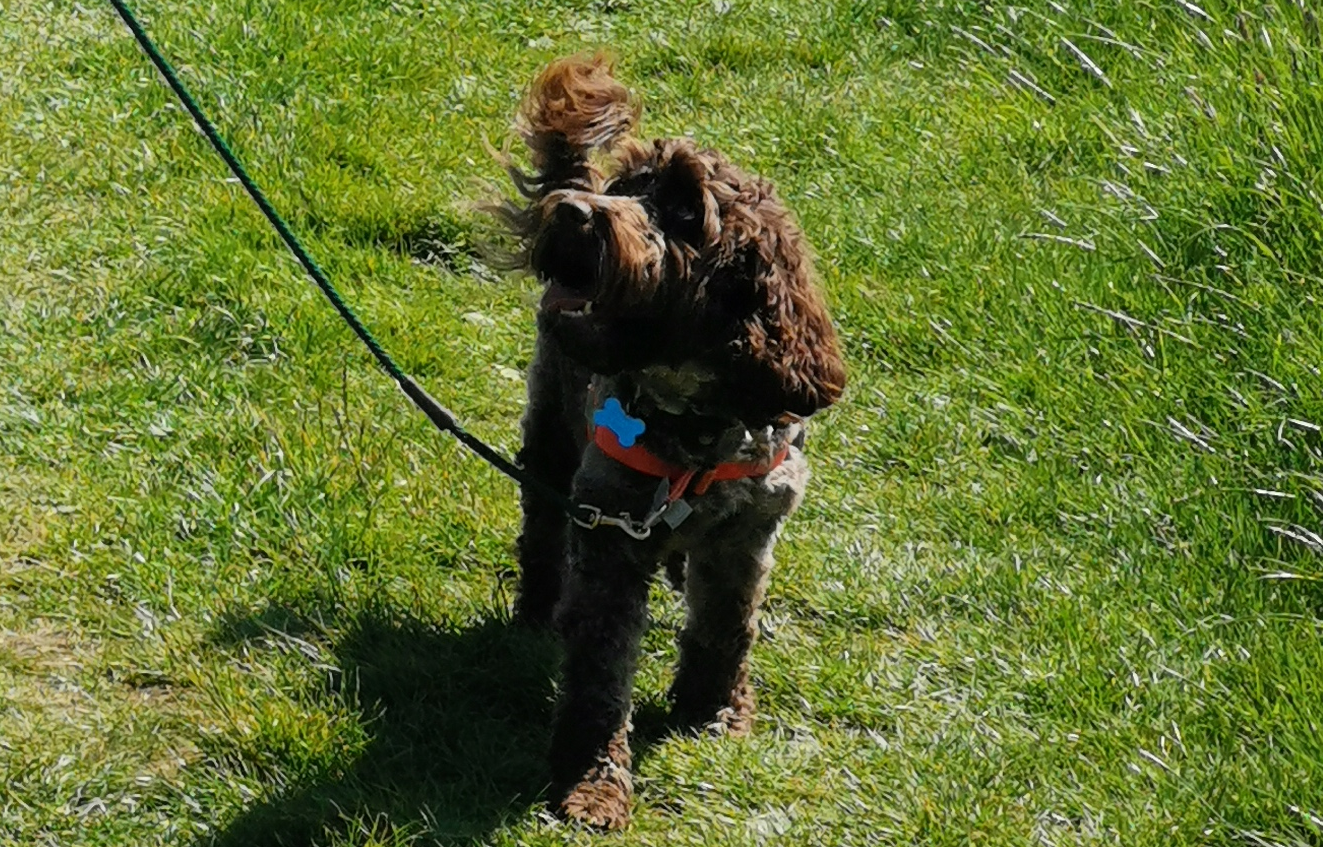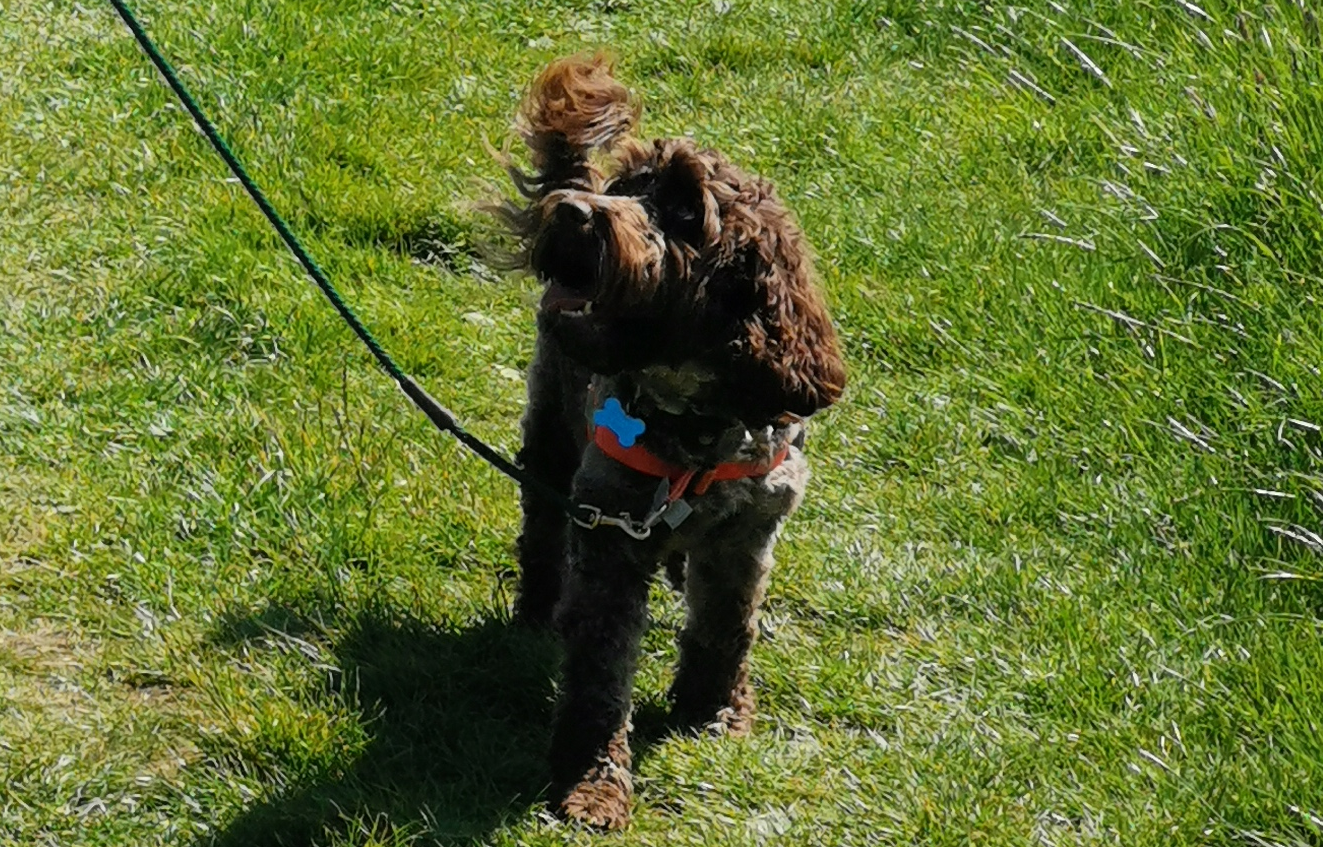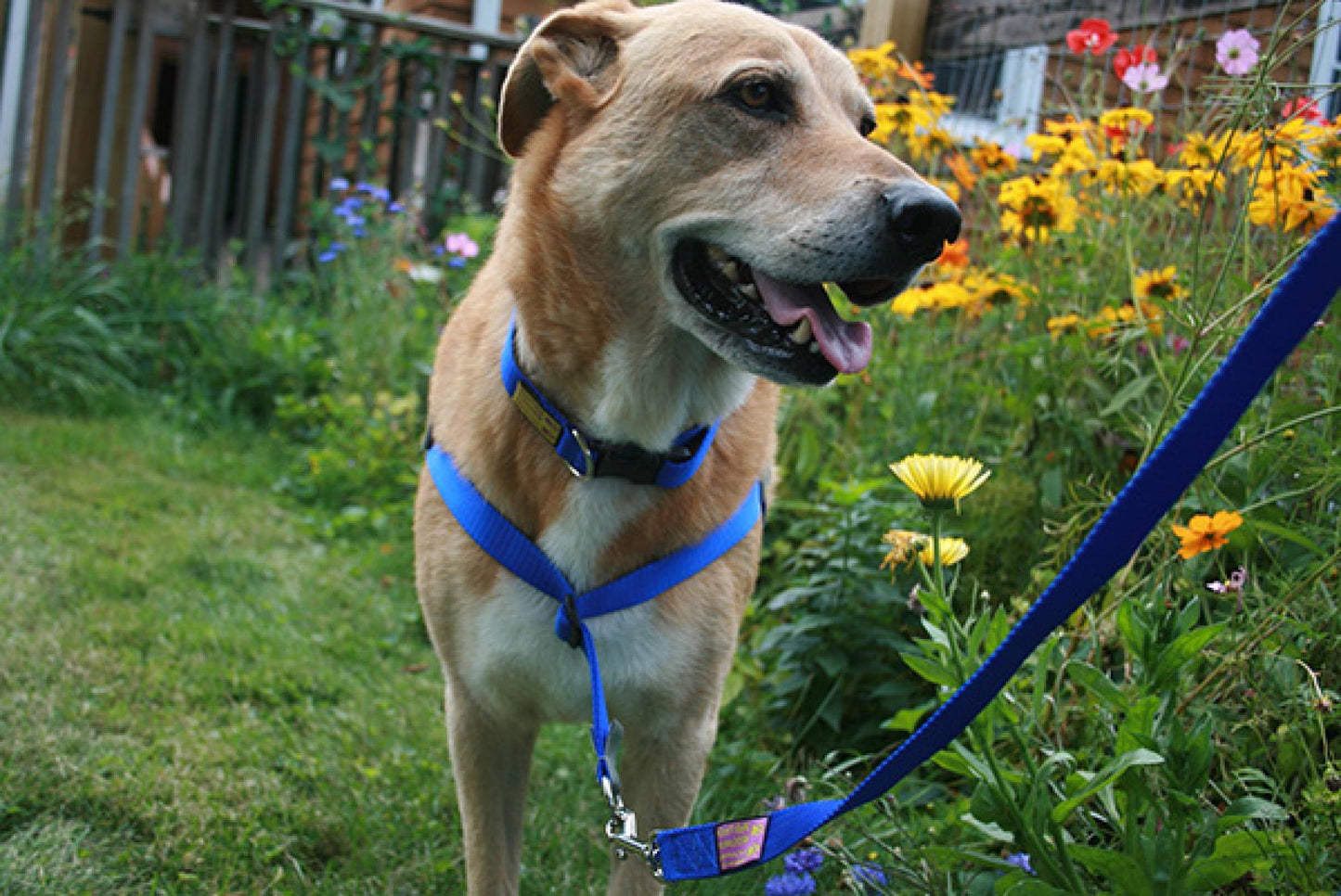Just like people, dogs can suffer from allergies. These reactions can range from mild itchiness to more serious health issues if left untreated. Learning to spot the signs and understand the common causes of dog allergies can help you take the right steps to keep your furry friend healthy and comfortable.
What Are Dog Allergies?
An allergy is the immune system overreacting to something that would normally be harmless. In dogs, this could be a certain food, pollen, dust mites, fleas or even materials like plastic or rubber.
Some dogs are more prone to allergies than others, and symptoms can appear at any age.
Common Signs of Allergies in Dogs
Dogs can’t tell us when they’re uncomfortable, so it’s important to watch for signs. These may include:
-
Itchy skin or frequent scratching
-
Licking or chewing paws
-
Red, inflamed ears or frequent ear infections
-
Sneezing or watery eyes
-
Digestive issues such as vomiting or diarrhoea
-
Hair loss or dry, flaky skin
If you notice these symptoms regularly, allergies could be the cause.
Types of Dog Allergies
1. Flea Allergy Dermatitis
This is one of the most common allergies in dogs. It is not caused by the flea itself but by a reaction to flea saliva. Even a single bite can cause days of discomfort.
Solution: Regular flea prevention and prompt treatment are essential.
2. Environmental Allergies
Also known as atopic dermatitis, this includes reactions to pollen, mould, dust or grass.
Solution: Wipe your dog’s paws and coat after walks, use hypoallergenic bedding and consider antihistamines or medicated shampoos under the advice of your vet.
3. Food Allergies
Food allergies often show up as digestive issues or skin problems. Common triggers include beef, chicken, dairy, wheat and soy.
Solution: An elimination diet, supervised by your vet, can help identify the culprit. There are many high-quality hypoallergenic dog foods available.
4. Contact Allergies
This type of allergy happens when a dog comes into contact with something that irritates their skin. It could be cleaning products, certain types of grass, or even plastic food bowls.
Solution: Identify and remove the source where possible. Stainless steel bowls and pet-safe cleaning products are good alternatives.
When to See a Vet
If your dog is showing persistent signs of discomfort, it’s always best to consult your vet. They can help identify the cause, recommend testing if needed, and guide you towards the right treatment plan. In more severe cases, prescription medication or allergy injections may be required.
Final Thoughts
Canine allergies can be frustrating for both dogs and their owners, but with the right knowledge and care, they can be managed effectively. Whether it’s through changes in diet, better grooming routines, or tailored medical support, your dog does not need to suffer unnecessarily.
Pay attention to changes in behaviour or appearance, and don’t hesitate to ask for help. Your dog will thank you with happier, healthier days ahead.










